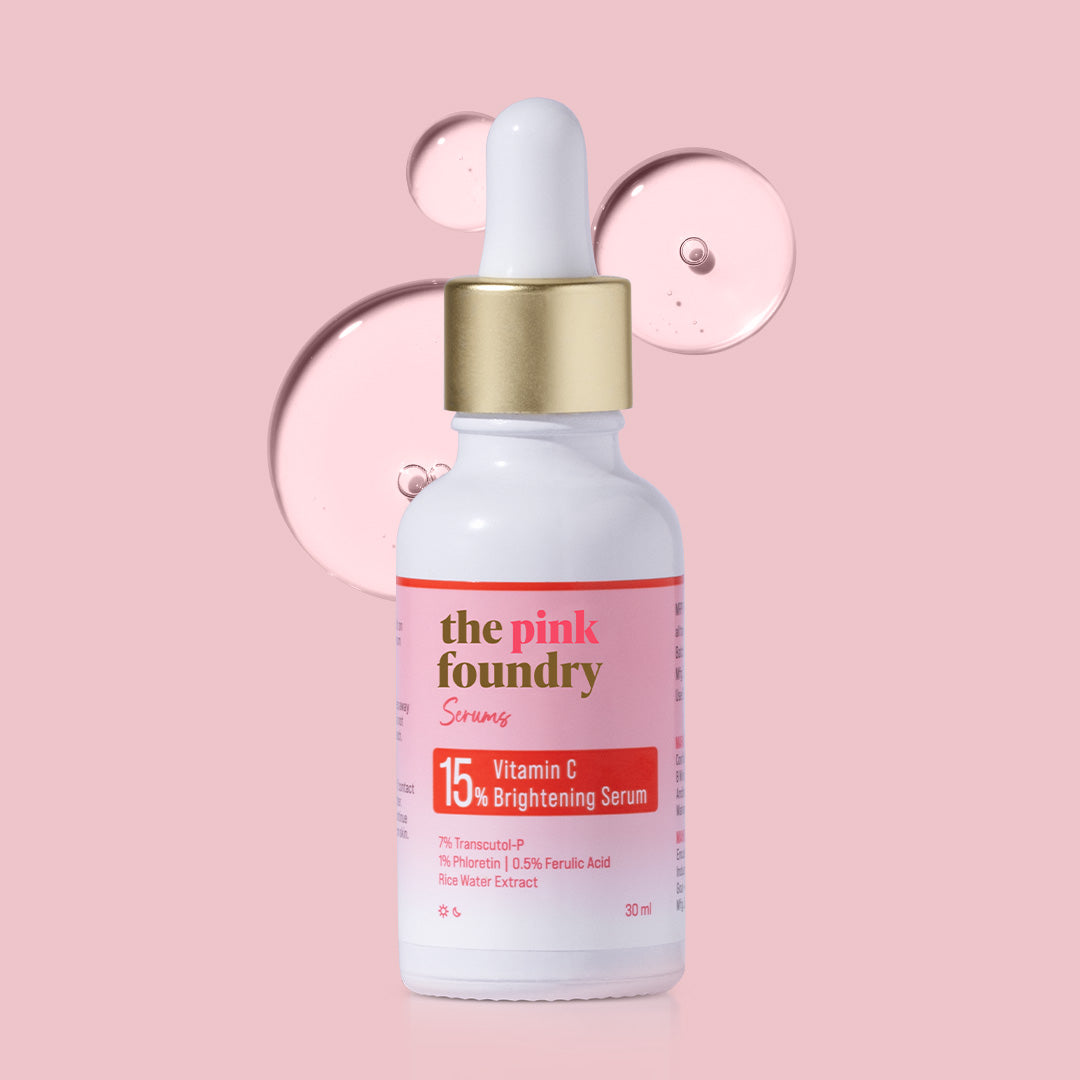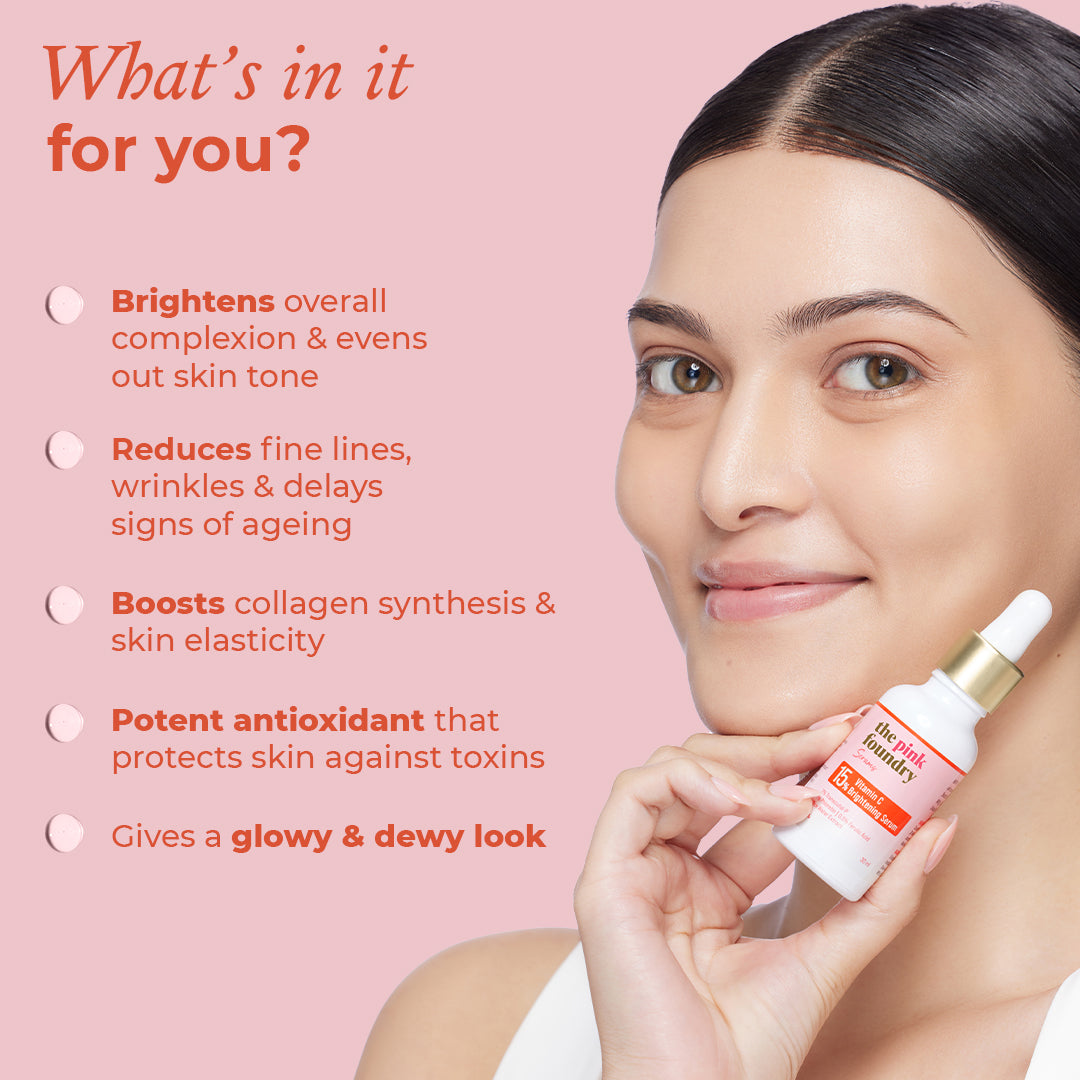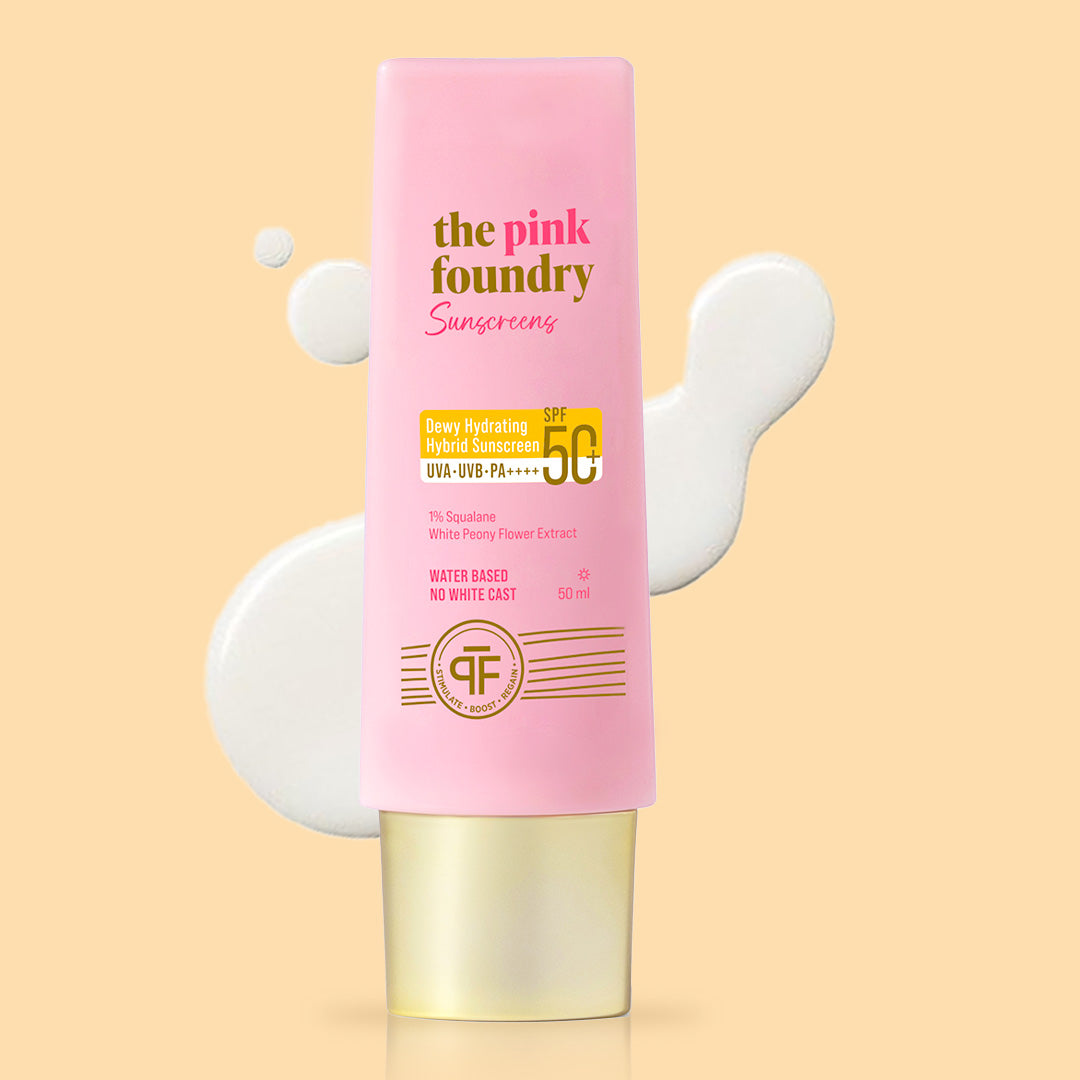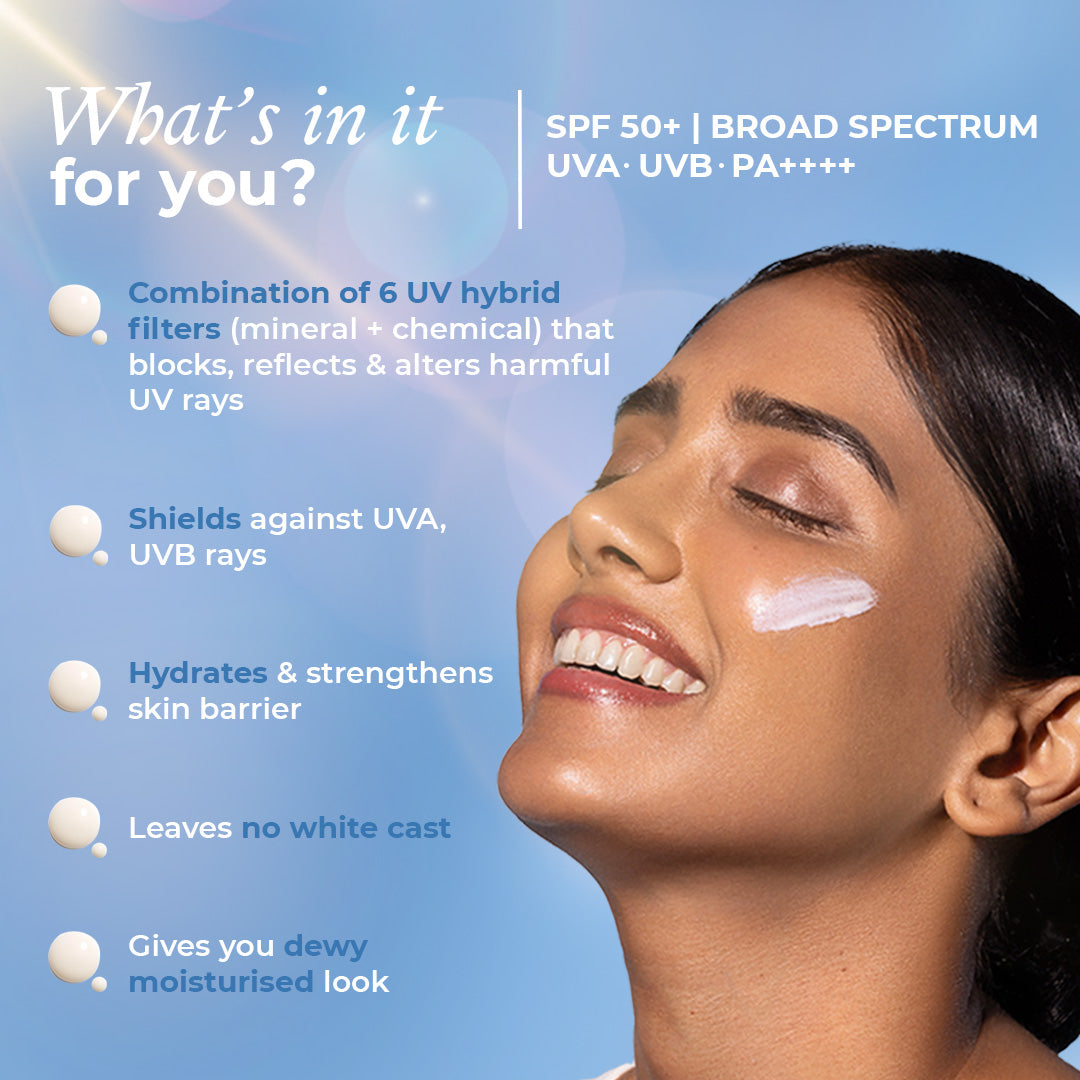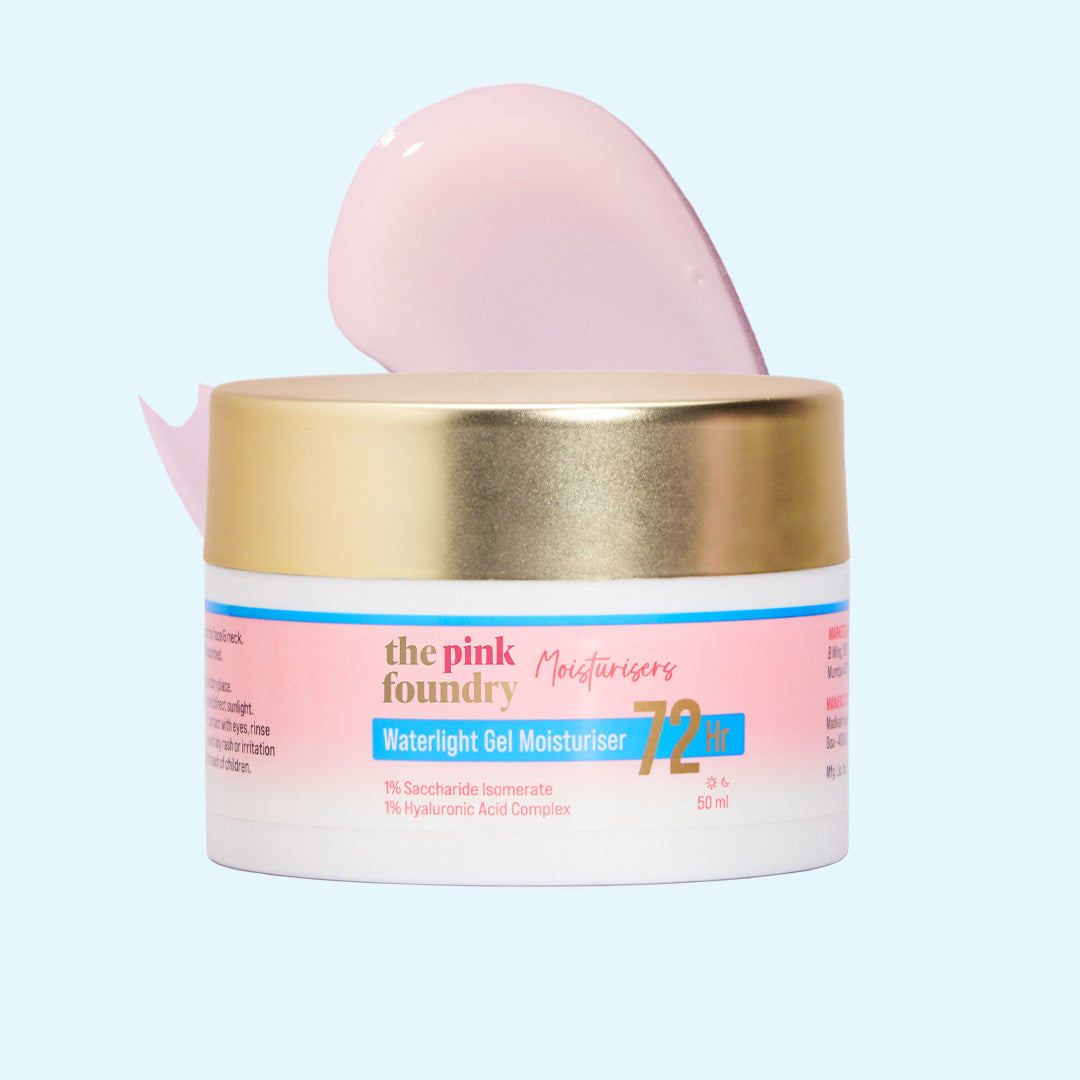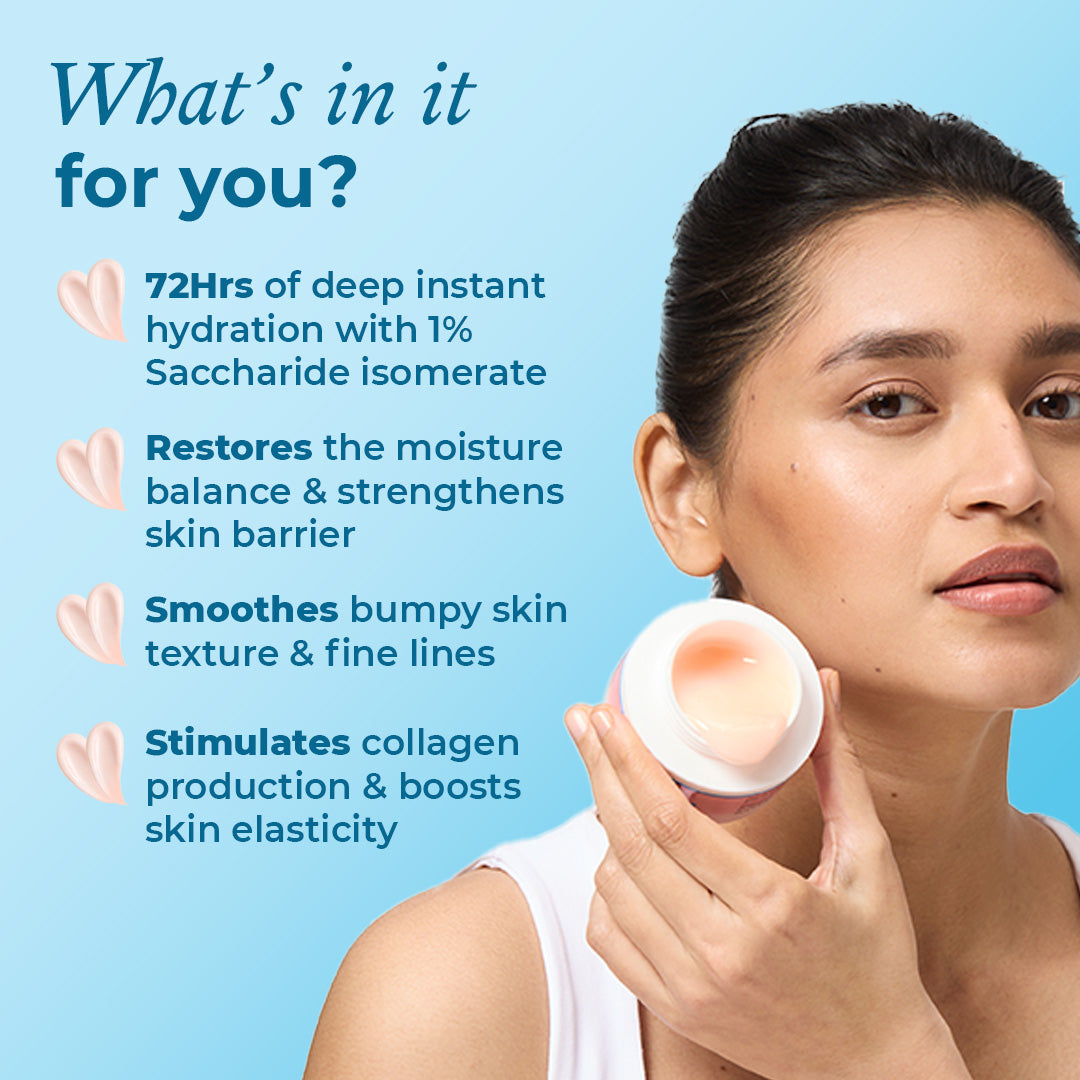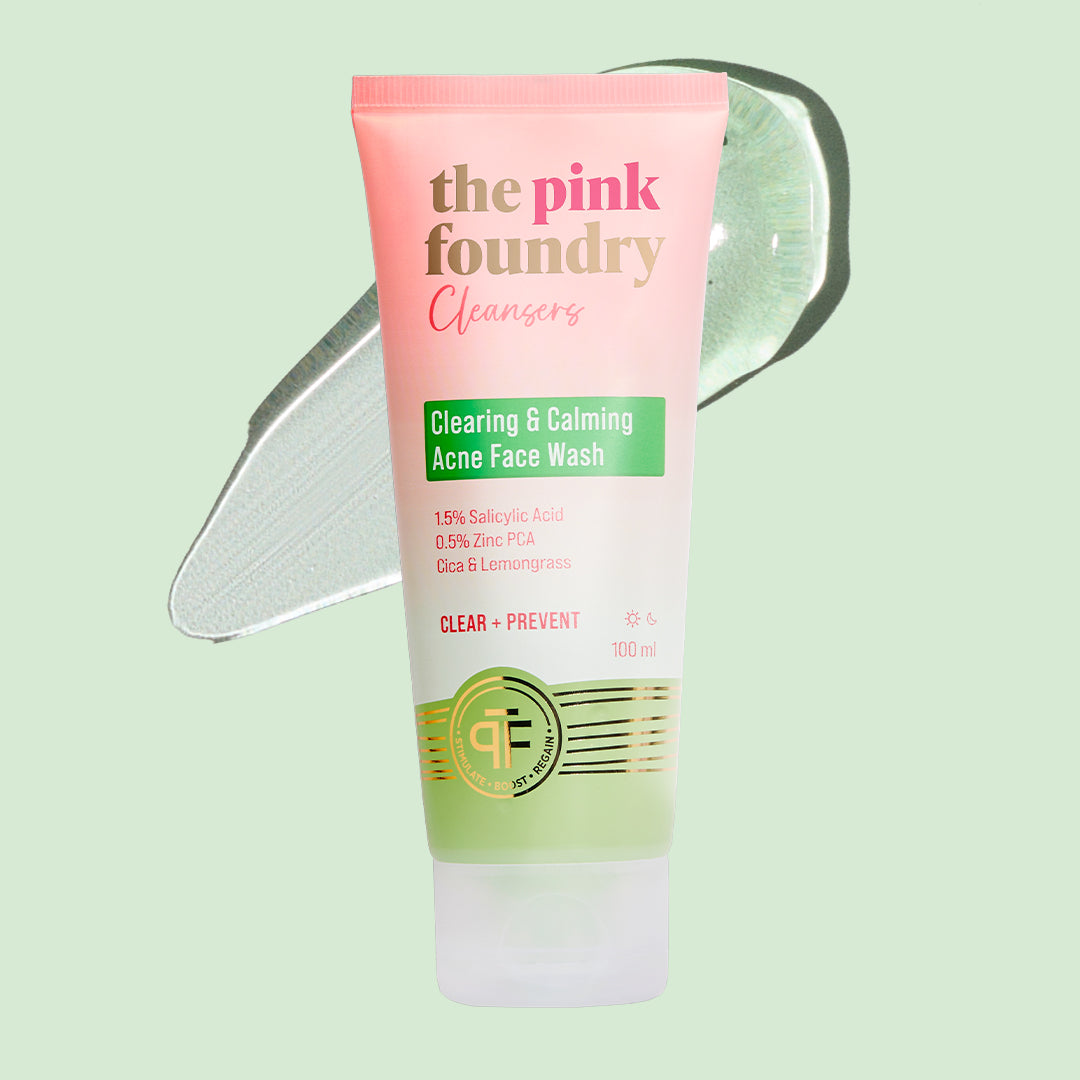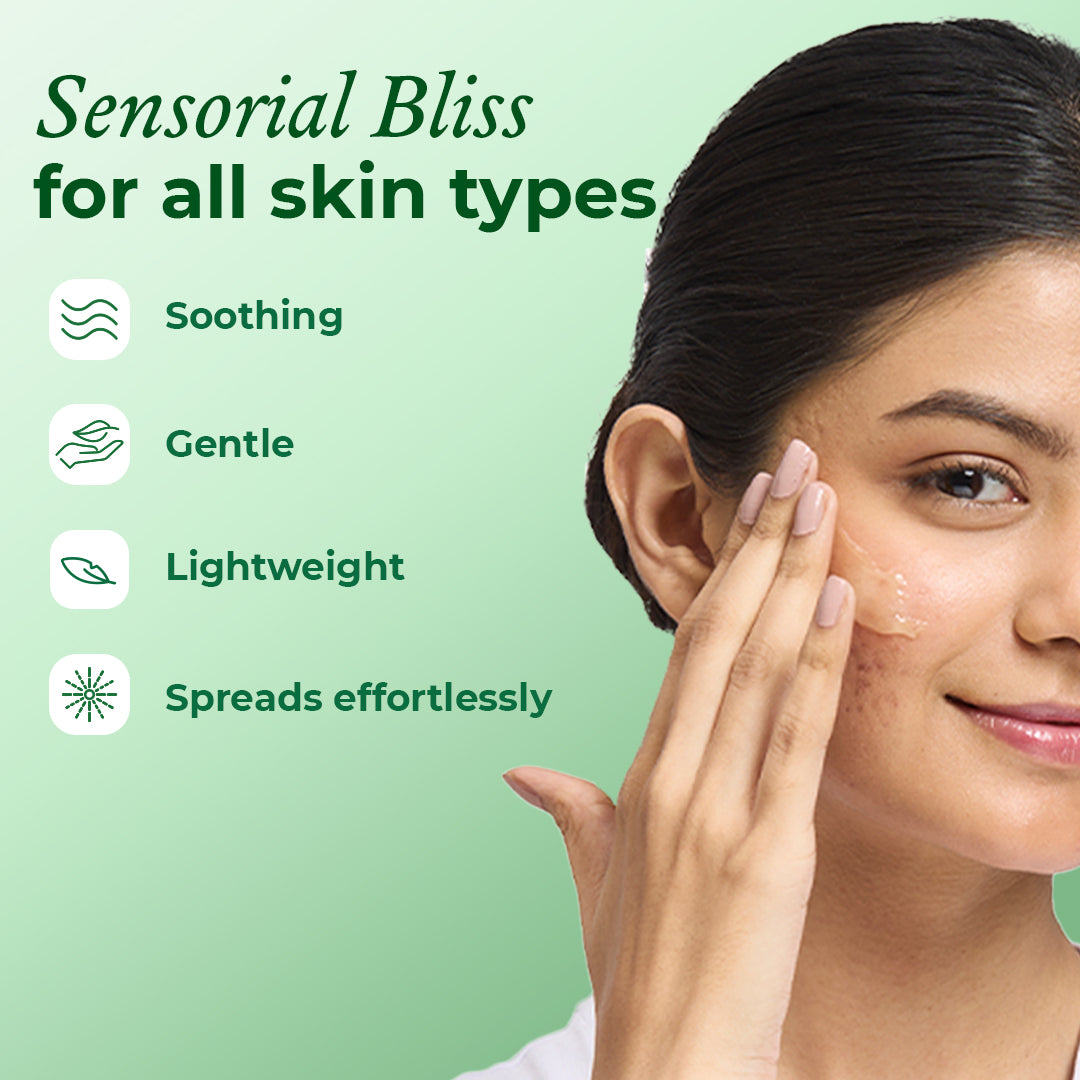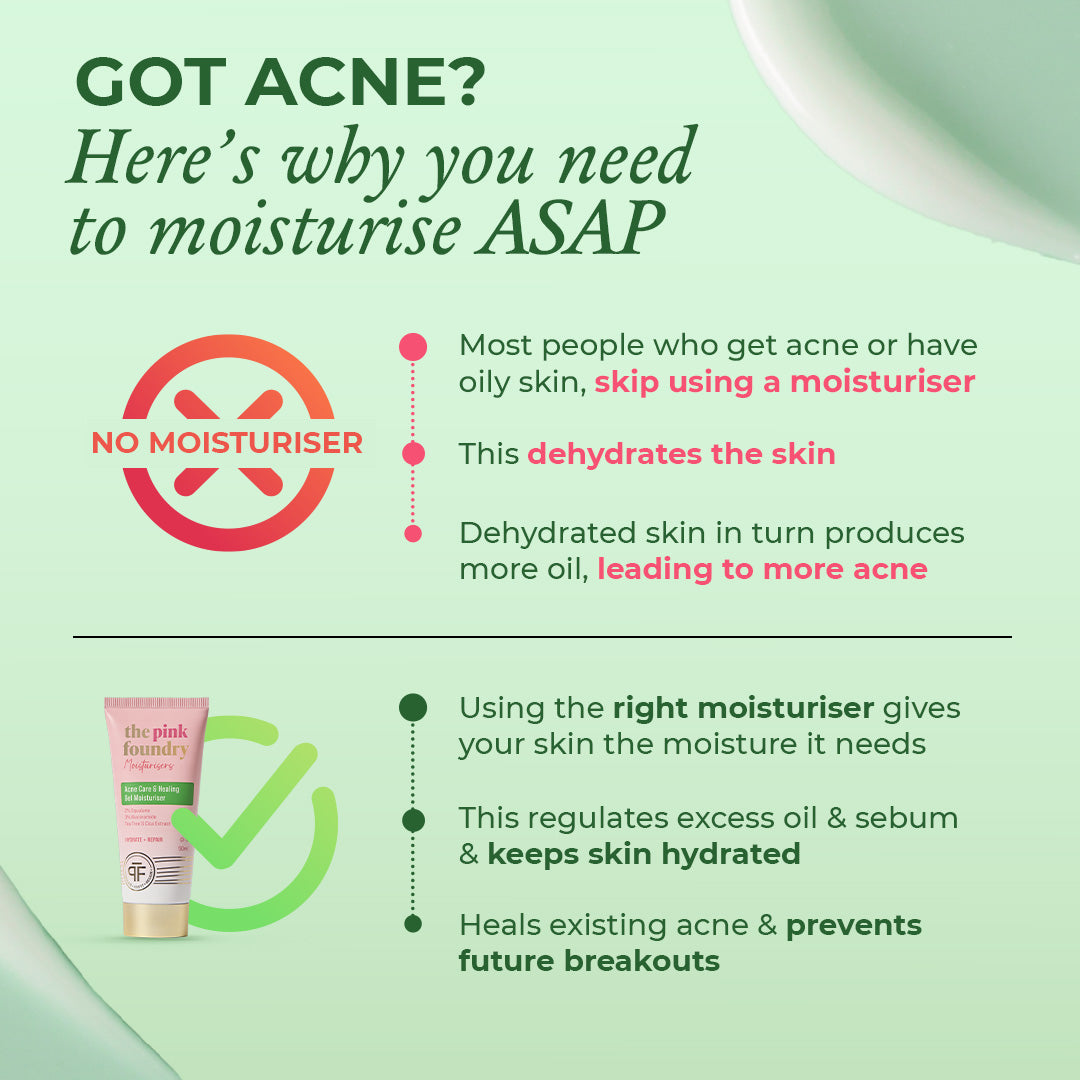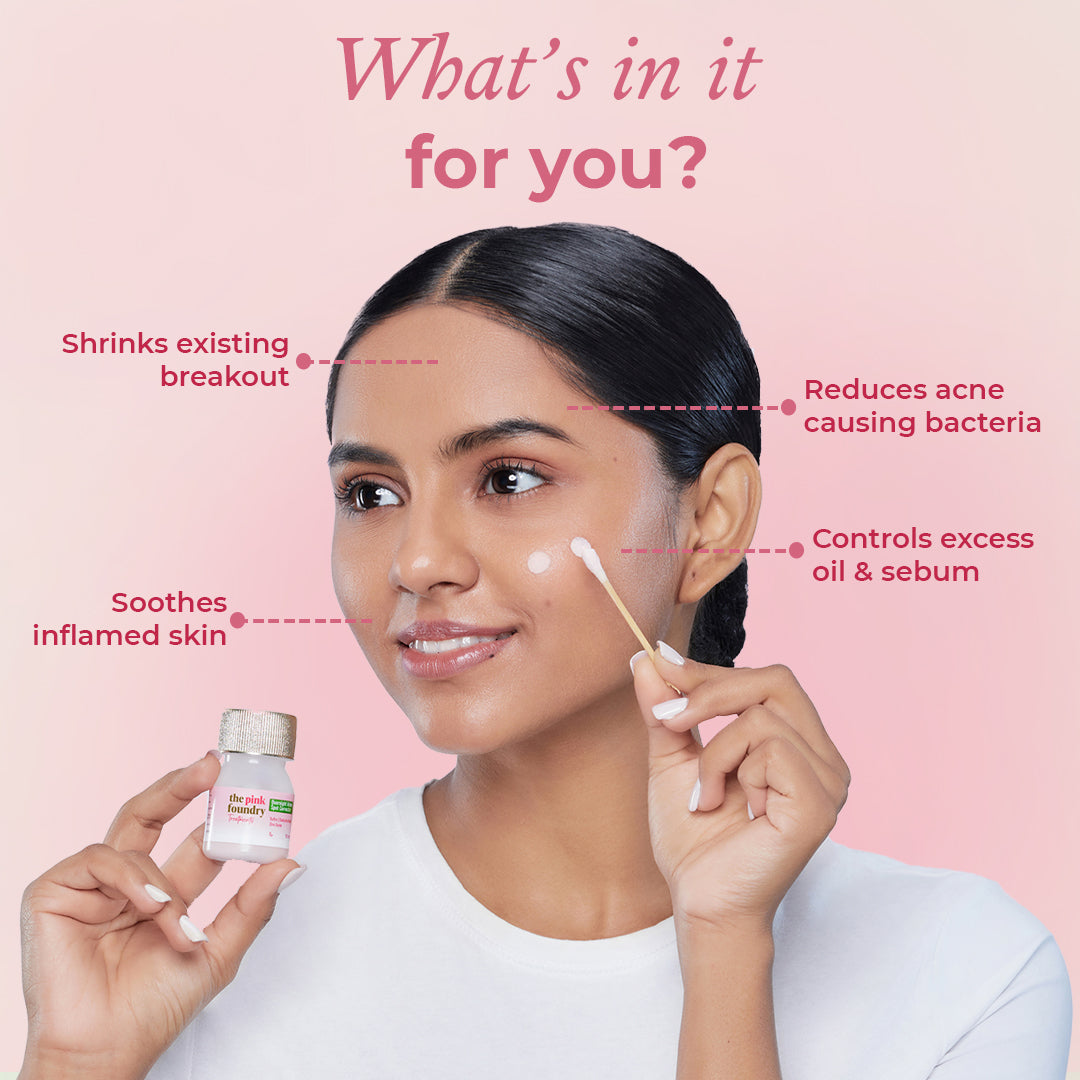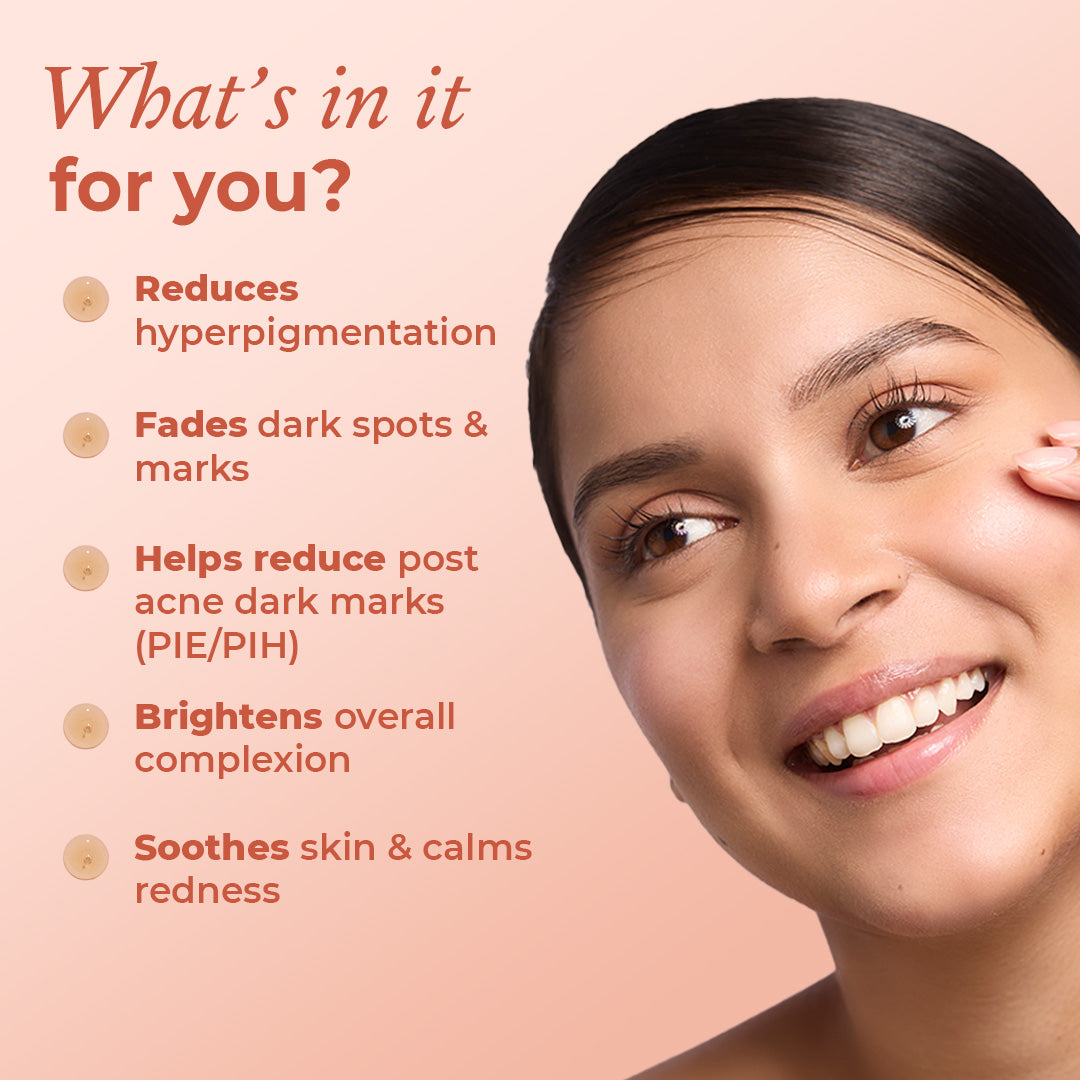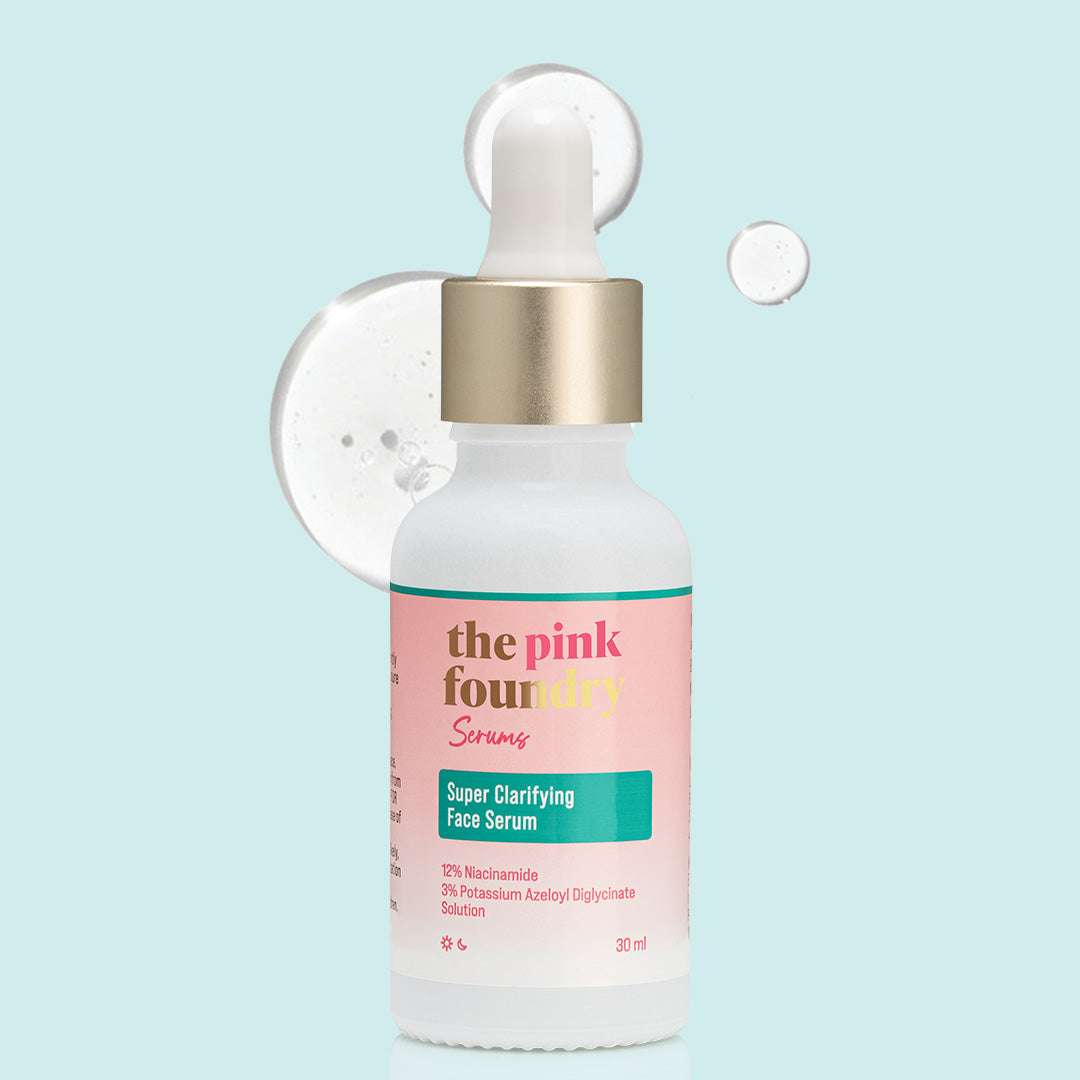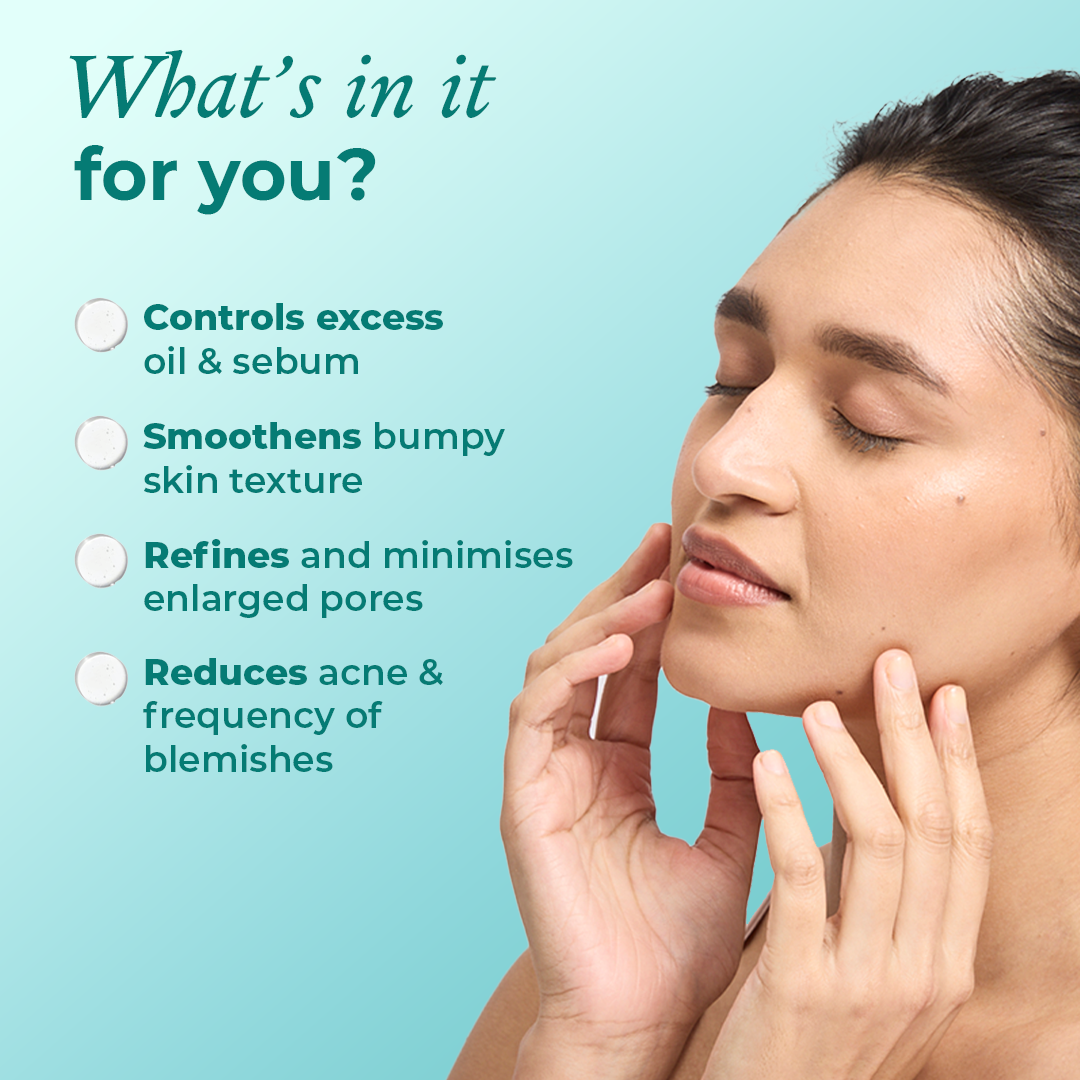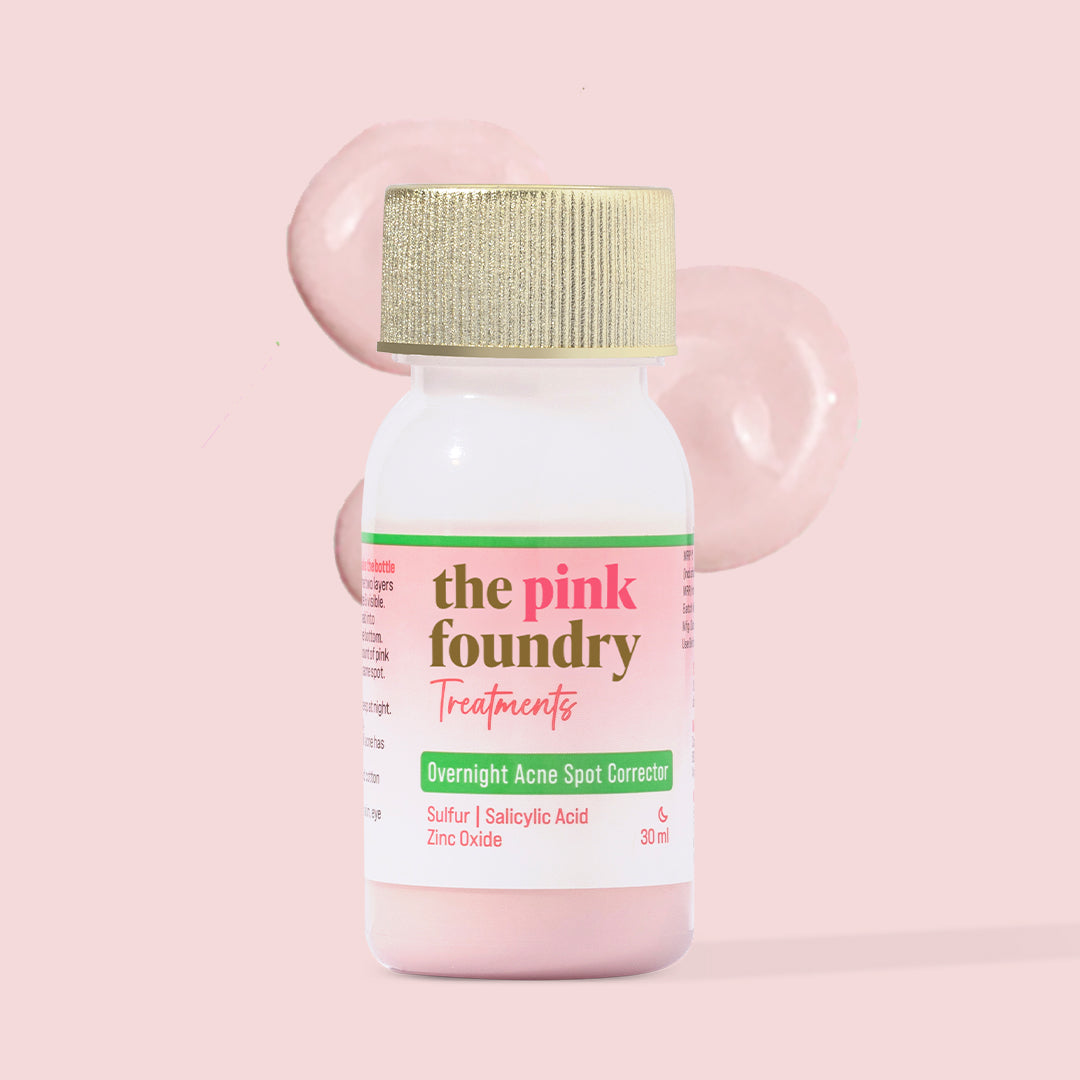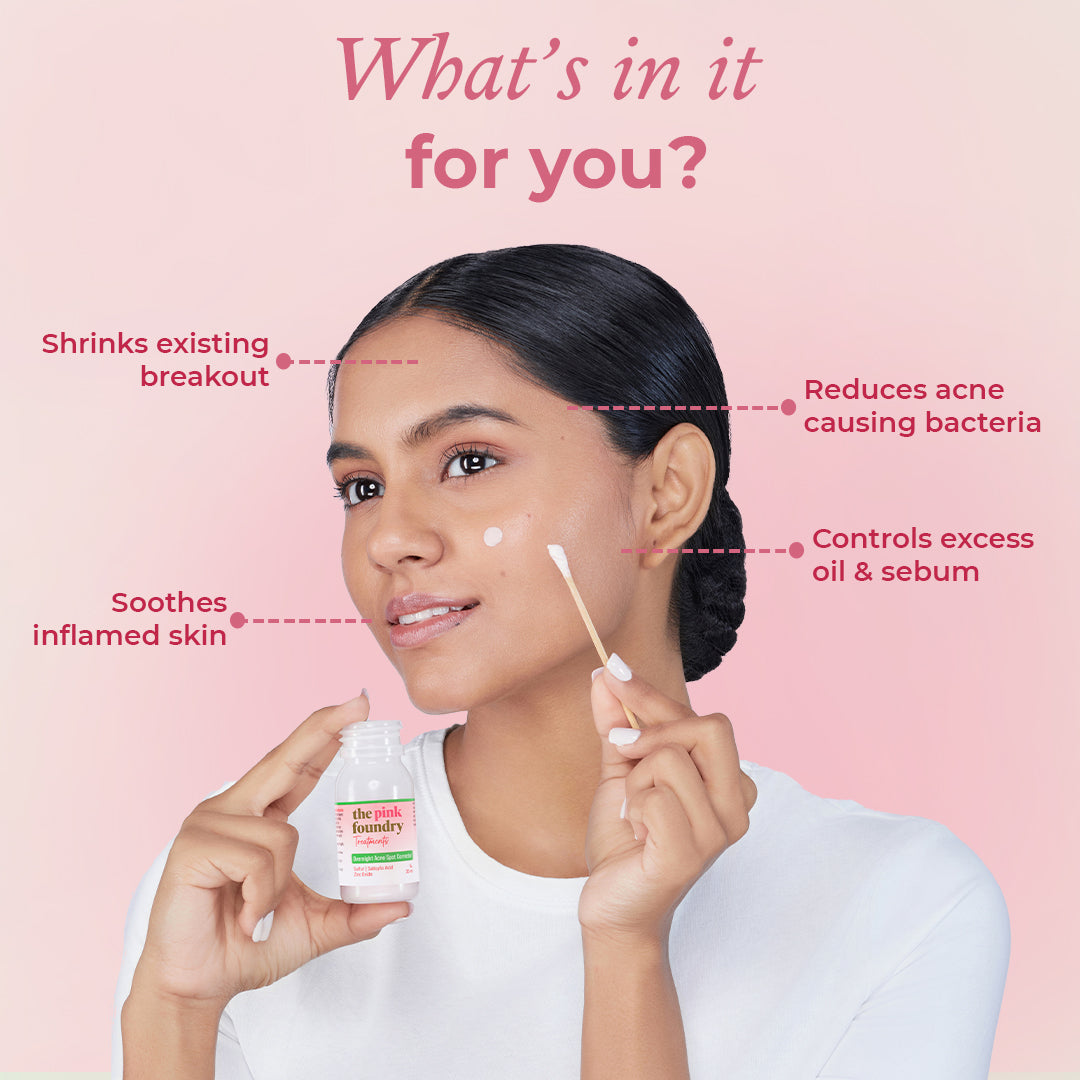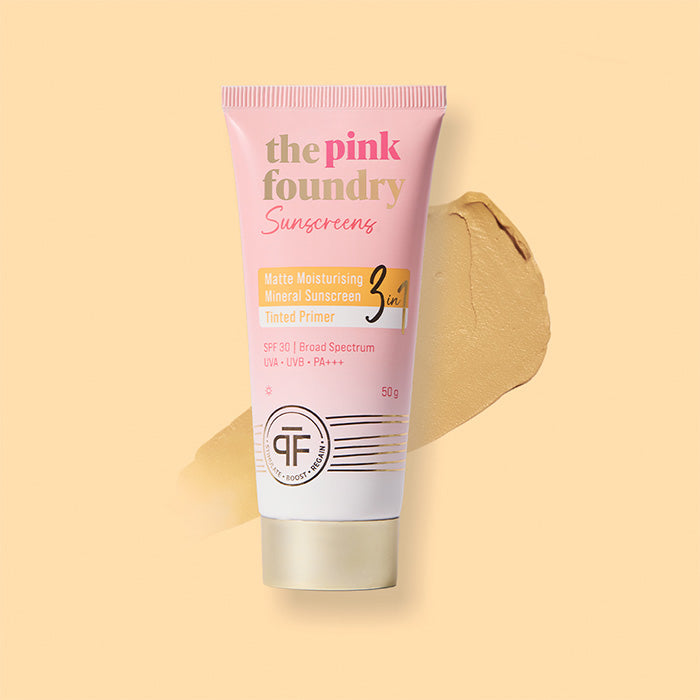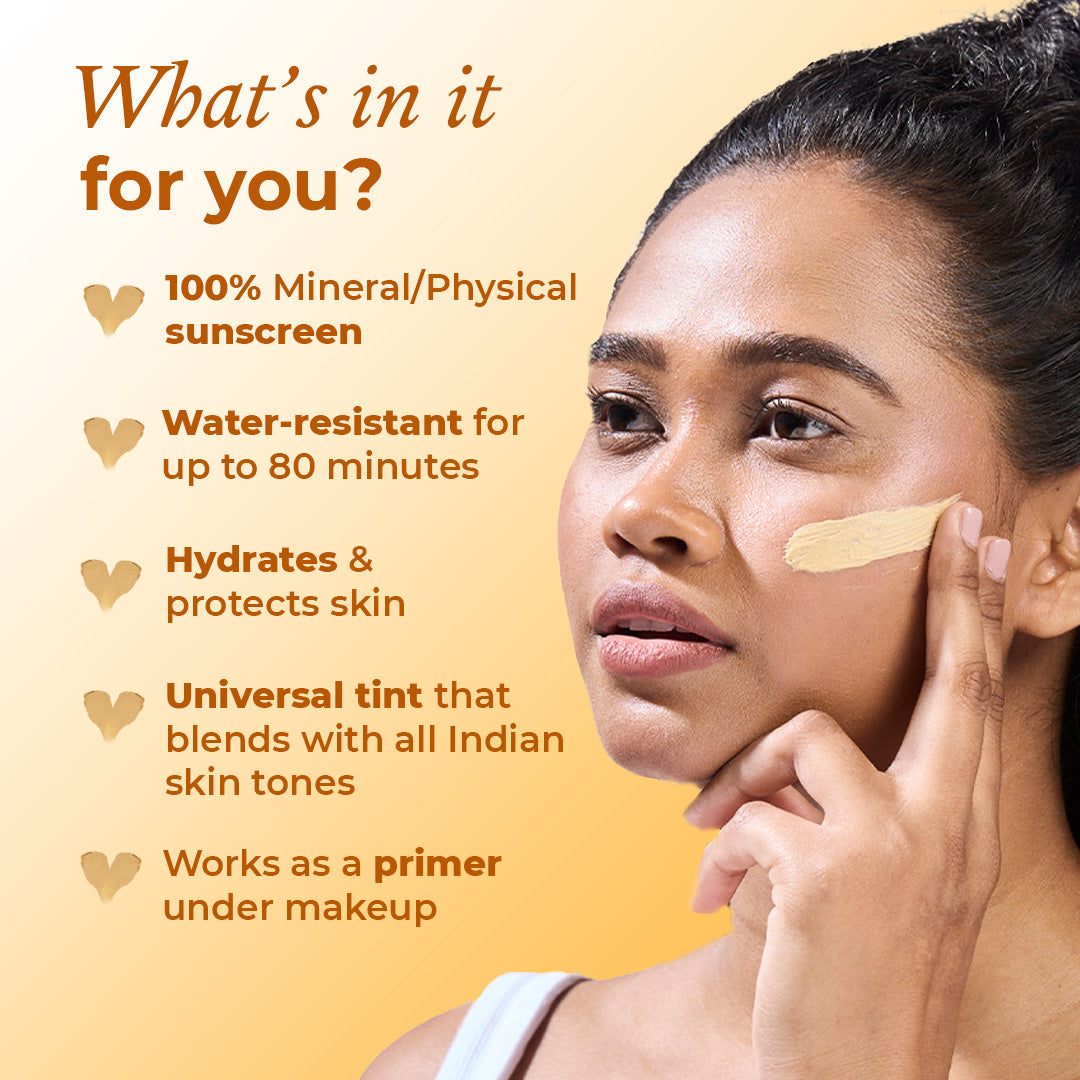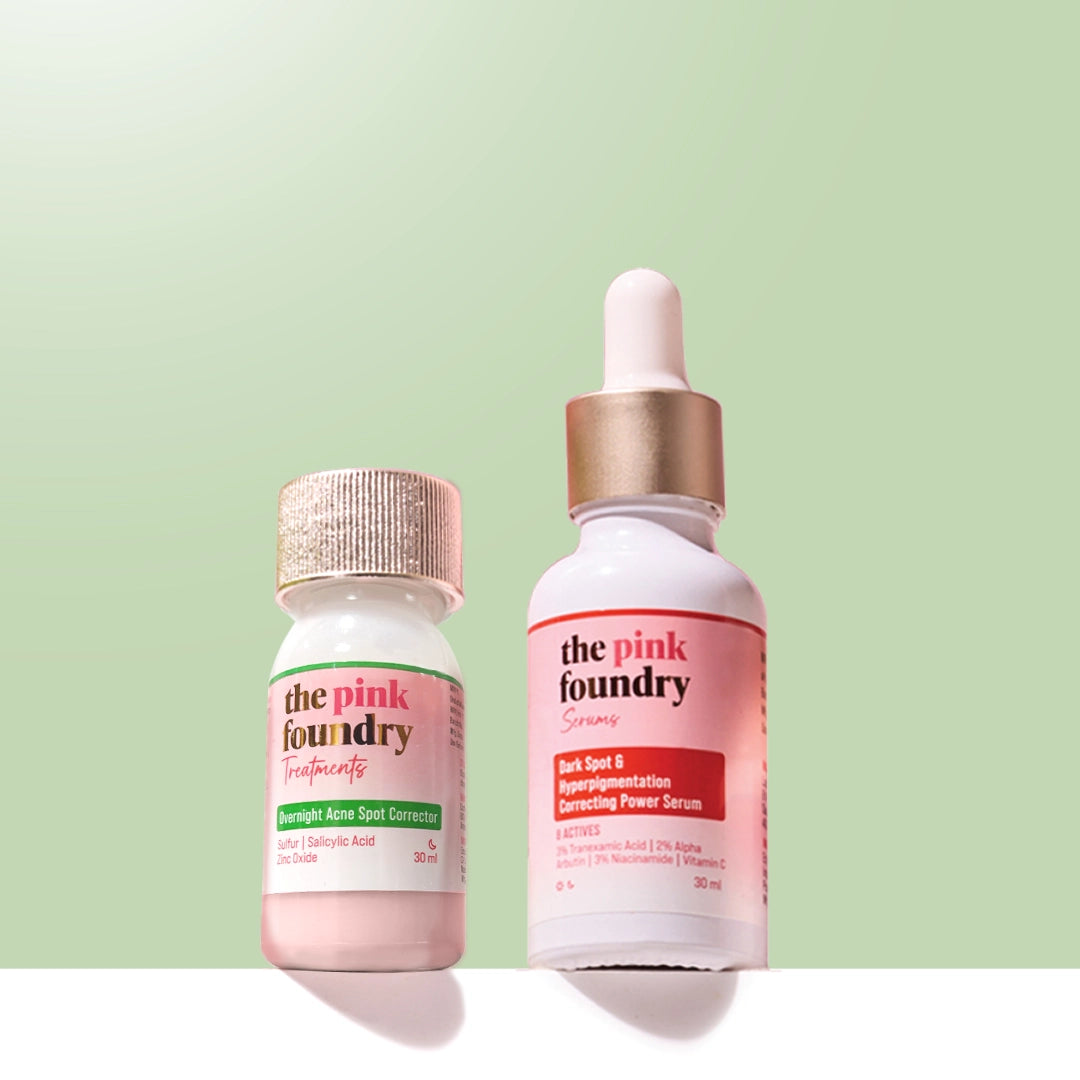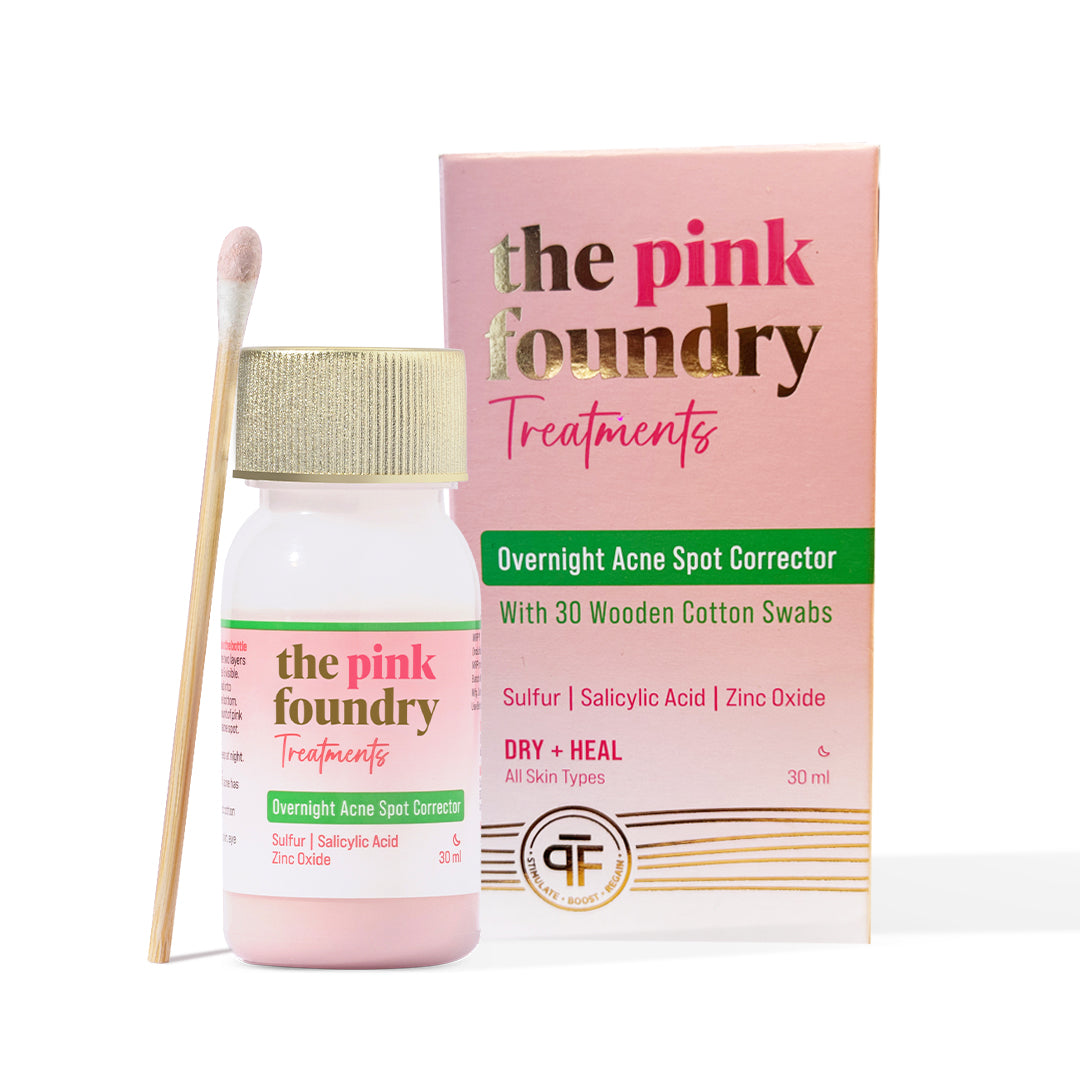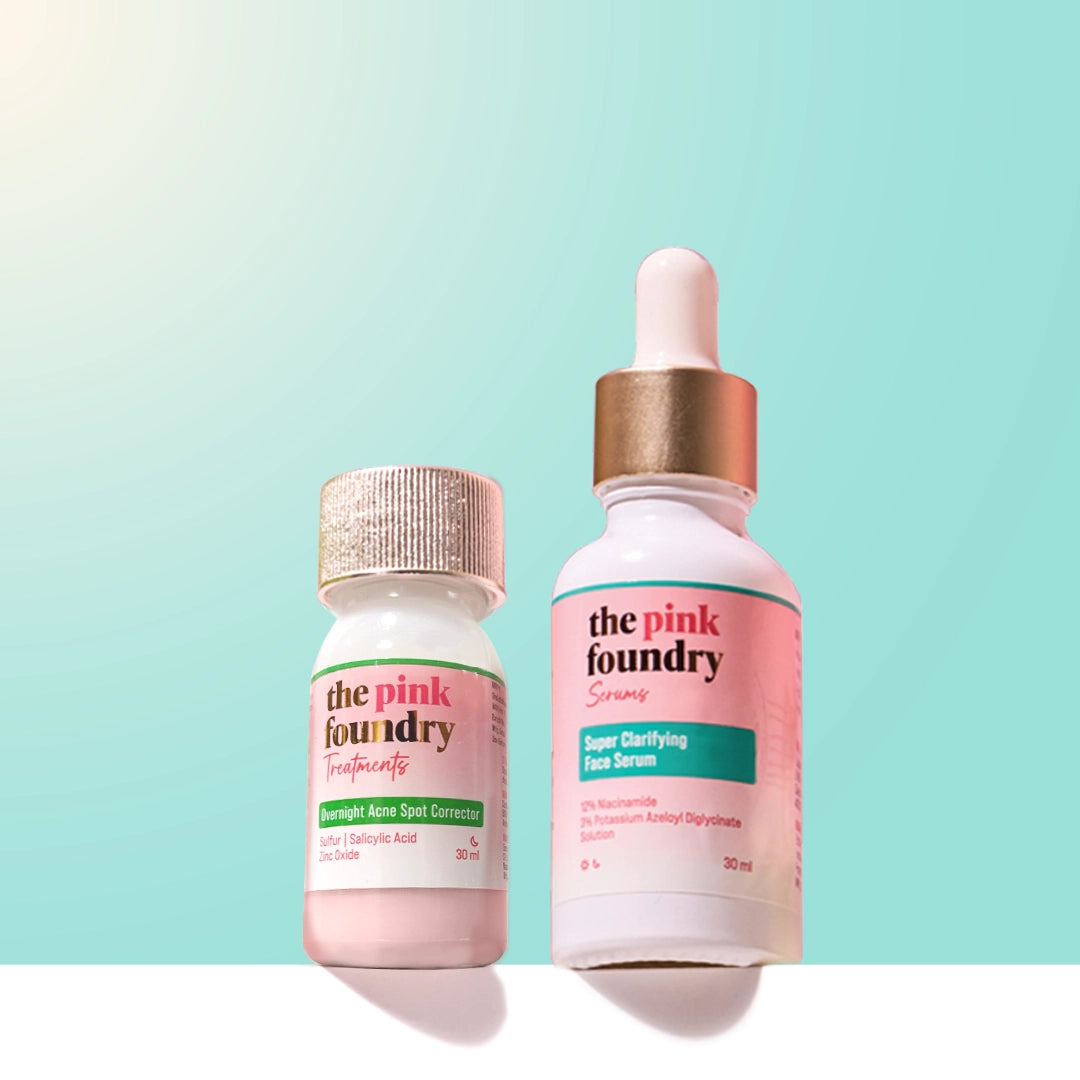Skincare Products
Filters
by active
product
skin type
by active
product
skin type
15% Vitamin C Brightening Serum | 30 ml
Sale price₹ 639
Regular price₹ 799
Dewy Hydrating Hybrid Sunscreen SPF 50+ | 50 ml
Sale price₹ 599
Regular price₹ 749
Waterlight Gel Moisturiser 72 Hour Hydration 50 ml
Sale price₹ 494
Regular price₹ 549
Clearing & Calming Acne Face Wash 100 ml
Sale price₹ 359
Regular price₹ 399
Acne Care & Healing Gel Moisturiser with Tea Tree & Cica 50 ml
Sale price₹ 449
Regular price₹ 499
Overnight Acne Spot Corrector
Sale priceFrom ₹ 494
Regular price₹ 549
Dark Spot & Hyperpigmentation Correcting Power Serum
Sale price₹ 764
Regular price₹ 849
Super Clarifying 12% Niacinamide Face Serum for All Skin Types - 30 ml
Sale price₹ 636
Regular price₹ 749
Overnight Acne Spot Corrector 30 ml
Sale price₹ 765
Regular price₹ 900
Mineral Matte Tinted Sunscreen 50 g
Sale price₹ 1,080
Regular price₹ 1,350
Acne + Pigmentation Relief Duo
Sale price₹ 1,399
Regular price₹ 1,749
Super Clarifying Combo
Sale price₹ 1,319
Regular price₹ 1,649


